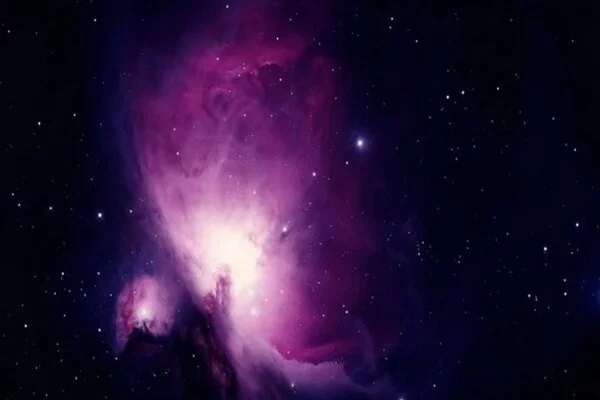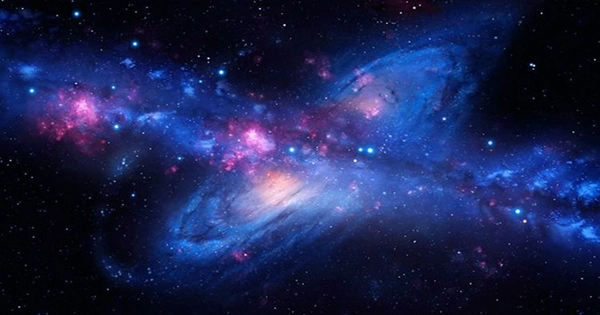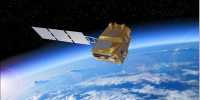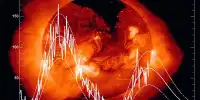Over the course of billions of years, our galaxy has been changed by its interactions with several smaller galaxies. Even those who managed to flee were partially absorbed, leaving their mark. Due to a close approach with the Sagittarius Dwarf Galaxy, the galactic disk has been observed to be vibrating in some areas.
Stars can travel for a variety of causes, such as to orbit the galactic center or because they are too near a supernova. We’ve found another explanation thanks to the Gaia space telescope’s exceptional precision. In some regions of the galaxy, clusters of stars exhibit coordinated motions perpendicular to the galactic plane, which suggests a force has agitated them.
This pattern is surprisingly common in the outer disk, according to a study published in Monthly Notices of the Royal Astronomical Society, and it also offers an explanation.

We can observe that these stars wobble and move up and down at various speeds, according to a statement from Dr. Paul McMillan of the Lund Observatory.
“Our galaxy experienced wave motions when the dwarf galaxy Sagittarius passed in front of it, somewhat like to when a stone is dropped into a pond.”
The Gaia data allowed McMillan and coauthors to measure the motion of stars over far larger areas of the galaxy than had previously been possible. This revealed a pervasive pattern that, according to the authors, can only be the outcome of the Sagittarius galaxy. They determined the course and timing of the dwarf galaxy using the distribution of ripples.
According to McMillan, “we can study the Milky Manner in the same way that geologists infer the structure of the Earth from seismic waves that pass through it. In fact, the paper calls their research “Galactoseismology,” pointing out that it varies from traditional seismology because the galactic oscillations occur over millions of years rather than a few hours.
Currently, Sagittarius is slowly being pulled apart, but 1-2 billion years ago, it was much larger, likely accounting for approximately 20% of the mass of the Milky Way’s disk, according to McMillan.
The Sagittarius dwarf galaxy originally generated a disturbance in 2018, but that was for a small area that was from our perspective squarely opposite the galaxy’s center. This work demonstrates how much wider the impact is, encompassing about 80 degrees of the sky.
The Sagittarius Dwarf Galaxy is possibly the nearest galaxy to our own, although it wasn’t identified until 1994 because it appears to us to be partially concealed and on the other side of the galactic center. But the more we have researched it, the more significant it has become. It might have caused the Sun’s creation on the preceding journey.
The galaxy in issue, officially known as the Sagittarius Dwarf Spheroidal Galaxy, is distinct from the Sagittarius Dwarf Irregular Galaxy, a member of our neighborhood’s group of galaxies that is somewhat close by.














